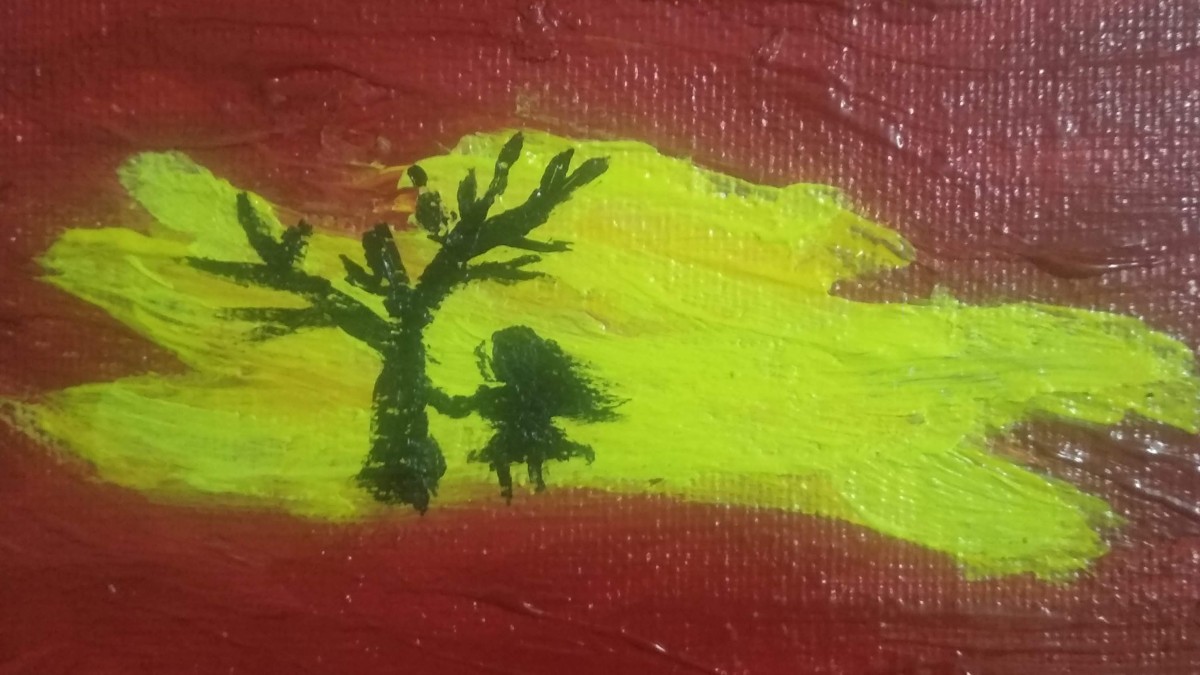Trauma: How Old Stories Continue to Shape Who We Are Today

Understanding how emotions get stuck and how we carry trauma within us.
We all carry stories, some visible, others hidden deep within us. These stories often shape who we are, how we relate to others, and how we move through the world. But what happens when those stories are rooted in trauma?
What is Trauma?
Trauma is not just about what happened to us, it is the emotional impact that an experience has on us — how overwhelmed, helpless, or frightened we felt in that moment, and what got left behind inside us, irrespective of how "big" or "small" an event seems from the outside.
Trauma can arise from a single event, like an accident or a natural disaster. It can also come from ongoing experiences, like childhood neglect, emotional abuse, or living through instability over a long period.
Sometimes trauma stems from major life events like accidents, loss, or violence. But it can also come from experiences like childhood neglect, emotional abuse, or living through instability over a long period. It also comes from experiences that might not seem significant to someone else. For example, a child being scolded harshly at school, feeling alone and misunderstood, might experience that moment as deeply wounding.
Importantly, trauma is deeply personal. Two people might go through a similar event, and one might experience it as traumatic while the other might not. Trauma isn’t about the event alone it’s about how our body, mind, and nervous system respond to the overwhelm that the event caused.
How Trauma Gets "Stuck"
Our emotions are designed to move through us like waves: they rise, peak, and naturally fall.
In a safe environment, when something upsetting happens, we might feel sadness, fear, or anger and, over time, the feelings ease and pass.
But sometimes, especially during overwhelming experiences, the emotional wave gets interrupted. It becomes difficult to feel.
Hence, instead of flowing through, the emotion freezes at its peak, stuck inside us, like a frozen wave that never got a chance to complete itself.
This stuck emotional energy is what we often experience as trauma. It lingers in the body and mind, colouring how we see ourselves, others, and the world.
How We Carry Trauma Inside Us
When something traumatic happens, a part of us may carry that frozen pain, fear, or shame. To protect us from feeling that overwhelming hurt all the time, other parts of us step in.
They might try to distract us, numb us, push us to be "perfect," keep us hyper-alert to danger, or even criticize us harshly, all in an attempt to keep the hurt part safely tucked away.
Over time, these protective patterns can start to feel like "just who we are."
But often, when people come to therapy feeling stuck, anxious, disconnected, or weighed down by patterns they can't seem to change, what they’re really experiencing is the ripple effect of these earlier frozen emotions. It’s the impact of trauma speaking through the parts that have worked so hard to protect us.
How Trauma is Worked With in Therapy
Healing from trauma is possible.
In therapy, we don’t rush into the old hurt — and we don’t force stories or emotions to surface before you're ready.
Instead, we work gently and collaboratively, helping you:
- Build safety: First and foremost, creating a space where all your parts feel respected and not pushed.
- Get curious about patterns: Gently noticing how certain reactions, beliefs, or behaviours might have been ways your system tried to protect you.
- Support stuck emotions to move: Over time, giving frozen emotions the space and support they need to complete their natural wave — so that they can finally soften and release.
- Reconnect with your wholeness: Helping you re-establish connection with the parts of you that have been carrying pain and recognizing that they carry strength and resilience too.
Therapy, especially when approached with a trauma-focused lens, isn’t about “fixing” you — because you were never broken.
It's about helping all parts of you find harmony, balance, and freedom.
Categories: : Trauma
 Akshi Gadhia
Akshi Gadhia 